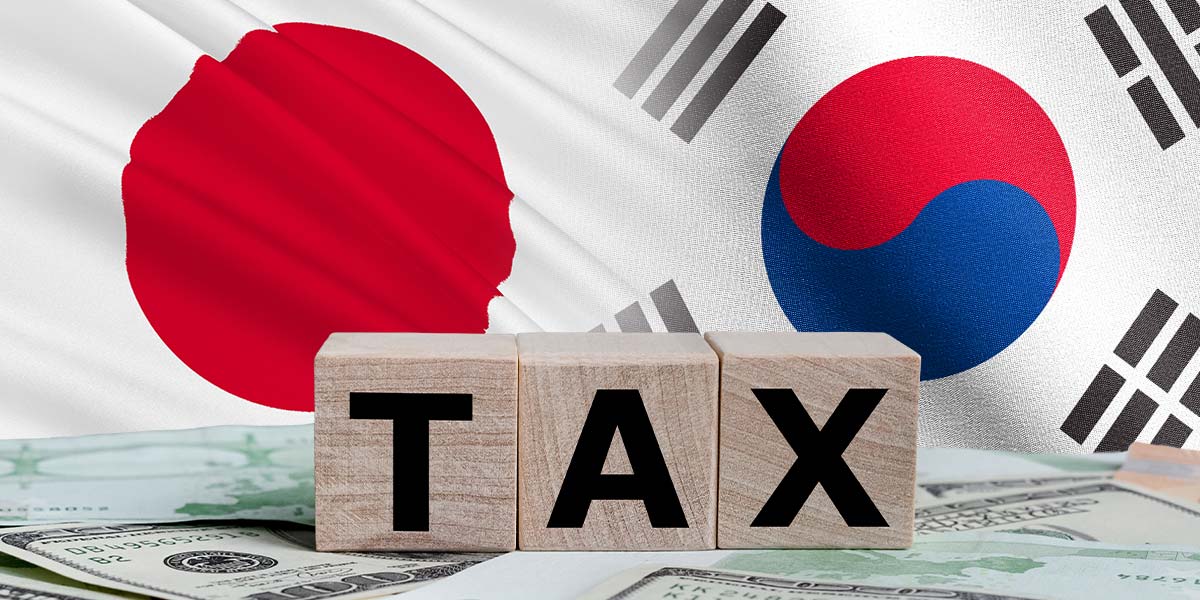Japan and South Korea are ramping up diplomatic efforts with the United States as the August 1 start date for sweeping new U.S. tariffs approaches, following President Donald Trump’s announcement of a 25% levy on imports from both nations.
In Tokyo, Prime Minister Shigeru Ishiba confirmed Japan’s commitment to continued negotiations aimed at securing a trade arrangement that would be acceptable to both sides.
While Washington’s initial move rattled currency markets—driving the yen sharply lower on a diminished outlook for a near-term rate hike by the Bank of Japan—Japanese officials believe that recent talks have already helped avert even higher tariffs, previously speculated to reach as high as 35%.
Japan is now working to respond to the U.S. in hopes of softening or delaying the tariff, mindful of the newly imposed August 1 deadline, as authorities prioritize protecting national interests.
Meanwhile, South Korea has also indicated plans to accelerate trade talks with Washington. Seoul interprets the deadline for the newly announced tariffs as a window of opportunity to reach a mutually beneficial agreement.
South Korea’s government views this period not only as a chance to mitigate the immediate impact of tariffs but also to review and improve domestic regulations related to its significant trade surplus with the U.S.—which hit a record $55.6 billion in 2024, buoyed by surging auto exports.
Despite enjoying near-zero tariff rates under the long-standing South Korea-U.S. free trade agreement signed in 2007, the new measures would see tariffs imposed across a broad range of South Korean products, with exemptions for goods produced stateside.
The latest developments represent a significant early challenge for President Lee Jae Myung, who has been in office for just over a month.
Both countries are expected to intensify negotiations in the coming weeks, with the potential economic impact of the tariffs prompting a careful balancing act between maintaining bilateral trade ties and shielding domestic industries from heightened trade barriers.





